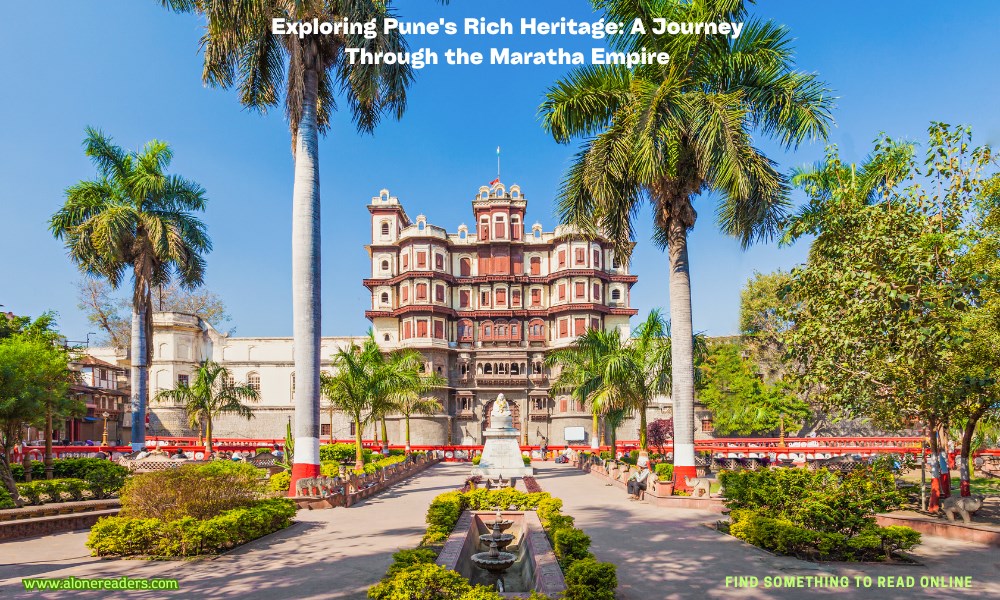
Pune, known as the cultural capital of Maharashtra, boasts a rich historical tapestry woven during the era of the Maratha Empire. This city, once the heartland of Maratha power, offers a unique glimpse into the past with its impressive forts, grand palaces, and timeless traditions. This article delves into Pune’s past, exploring the city's transformation under the Maratha rulers and its enduring legacy in Indian history.
The Maratha Empire, founded by the visionary leader Shivaji Maharaj in the mid-17th century, marked a significant era in the history of Pune. Shivaji, an astute and charismatic leader, utilized Pune as his base to establish Maratha dominance across a large part of India. His legacy in Pune is profound, as he implemented effective governance and military strategies that are studied even today.
Pune’s transformation began under Shivaji’s rule. The construction of the Lal Mahal, his childhood home, and the formidable Shaniwar Wada, which later became the seat of the Peshwas, are pivotal in the city’s history. These structures not only served as power centers but also as symbols of Maratha resilience and architectural ingenuity.
After Shivaji, the Peshwas, prime ministers of the Maratha Empire, took over the leadership. Under the Peshwas, Pune blossomed into a major urban center. The Peshwas patronized arts and culture, leading to a renaissance in Marathi literature, music, and theatre. Raghunathrao’s Peshwai, particularly, saw extensive urban development and cultural flowering.
The architectural landscape of Pune was significantly enhanced by the Marathas. The Shaniwar Wada, with its imposing gates and massive walls, stands as a testament to Maratha architectural prowess. Other landmarks include the Parvati Hill temples, which offer a panoramic view of the city, and the Vishrambaug Wada, a beautiful mansion showcasing teak craftsmanship.
The Battle of Khadki, fought near Pune in 1817, was a turning point in the city’s history, marking the beginning of British control over the Maratha territories. This battle demonstrated the strategic importance of Pune and led to significant changes in its political landscape.
The Marathas were not only warriors but also patrons of culture. Pune became a hub for classical music, dance, and Povada, a form of Marathi ballad that narrates historical events related to the life of Shivaji. The Ganapati festival, popularized by Lokmanya Tilak, also has its roots in this era, reflecting the socio-cultural ethos of the Maratha period.
Today, Pune is a thriving metropolis, but its Maratha heritage is visible in its old neighborhoods, traditions, and the pride of its people. The city’s educational institutions, like the Deccan College, and cultural festivals continue to draw inspiration from its historical past.
Conclusion: Preserving Pune's Historical Identity
As Pune continues to grow, the challenge remains to preserve its rich historical and cultural heritage. Efforts by various cultural organizations and the government are underway to maintain and restore historical sites. Pune’s journey through the Maratha Empire is not just a tale of its past but a continuing story of its identity and pride.
This exploration of Pune's history under the Maratha Empire highlights not only the city's significant role in Indian history but also its continuing legacy as a center of culture and history.